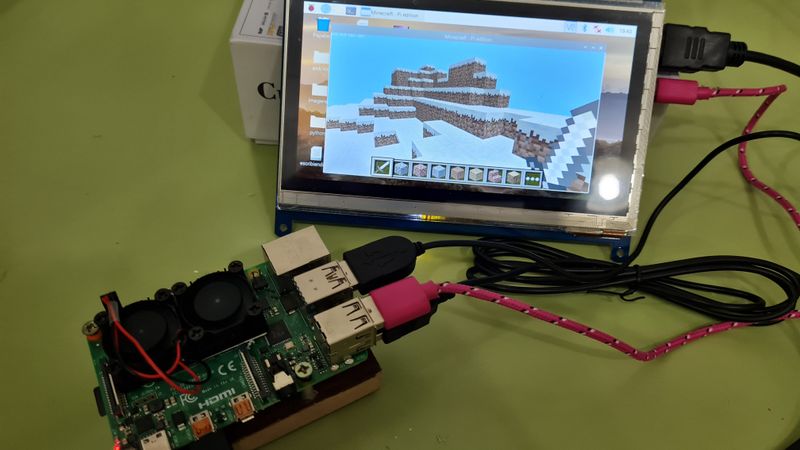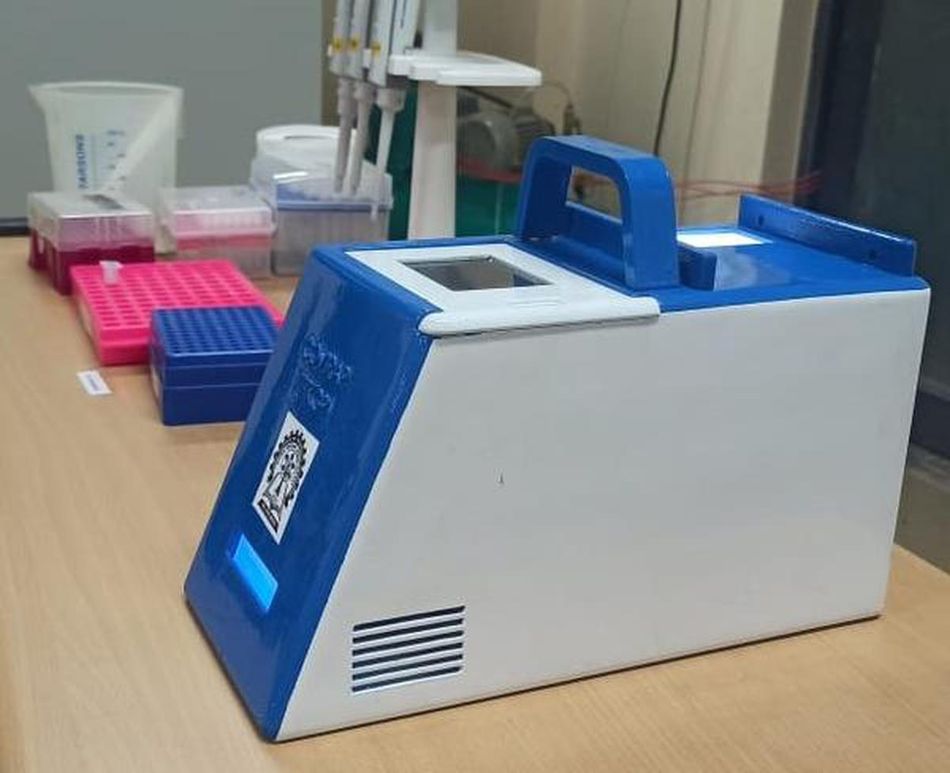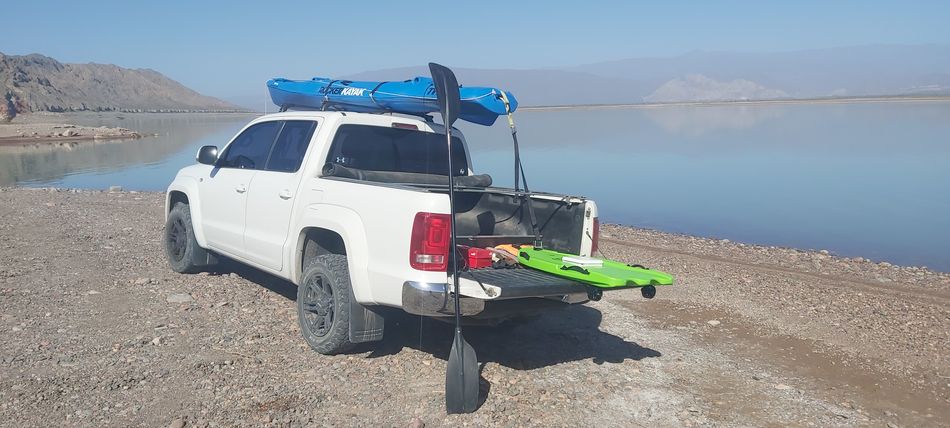A 3D scanner, medical imaging device and a radio-operated lifeboat delivery system: The latest entries in the Rock Engineering Challenge.
Entries to the ROCK Enginering Challenge are using SBCs to address challenges in healthcare, imaging, and rescue.

Image credit: Juan Marcos Toibero
The Rock Engineering Challenge is open now until April 12th, 2023. It invites engineers, entrepreneurs, inventors, and developers to submit an idea for a part, product, or system that takes advantage of the ROCK single-board computers.
The first 500 valid entries will receive a ROCK board of choice.
Simply tell us what you are working on, and we'll send you a piece of cutting-edge hardware to bring your ideas to life.The most-cutting edge entry will be rewarded with a grand prize of a $50,000 partnership with electronics company OKdo to scale up their project idea.
We have been receiving exciting entries from all over the globe and have selected a few to highlight the broad applications of the ROCK family.
Avi Saraf
Medical Imaging and processing
The existing healthcare system in developing countries is grossly incapable of delivering all-round and inclusive quality healthcare for the masses. Often most disadvantaged are rural populations outside the ambit of large corporate hospitals. Therefore, there is a need to build cheap, portable and user-friendly devices to handle the health demands of the common or rural masses. To improve access to healthcare and standard of well-being, I am working on a device called “MediAssist” that can act as a personal health assistant to cater for various medical needs.
The MediAssist can accurately monitor and measure a patient’s heart rates, glucose levels, blood pressure, and blood haemoglobin and generate reliable SpO2 (oxygen saturation) and ECG (electrocardiogram) results.
Most notably, the MediAssist proposes using the ROCK single-board computer (SBC) to run its backend neural networks and imaging-processing feature capable of generating blood constituent counts and classifying common diseases like malaria, dengue, anaemia, etc. With the WIFI, USB and HDMI ports of the SBC, the MediAssist will be designed to be user-friendly as it can communicate the test results to either offline or online (remote) doctors without any intermediary.
Later versions of the MediAssist will include a larger basket of medical tests, including ultrasonic and chemical tests, to quickly assist doctors and hospital staff in monitoring and generating reliable recommendations for various medical conditions.
Juan Marcos Toibero
Radio-operated lifeboat
Our team is a group of researchers working at the Institute of Automation (INAUT) in partnership with the San Juan National University in Argentina. We are working on a radio-operated lifeboat delivery system to help victims in emergencies. The proposed lifeboat will be equipped with different sensors, two electric propellers, batteries, light signals and ropes to facilitate its access to the water for rescue tasks. The structure will be 3D printed in plastic, including waterproof cabinets for the electronics and high-density Styrofoam to improve its floatability. Also, the platform can be used as an unmanned surface vessel (USV) controlled autonomously by a WIFI connection.
The project would satisfy the following objectives:
•Build a lifeboat delivery device propelled by two electric motors that can be radio-operated for easy operation by rescue teams or operators from a safe distance, which reduces the risk of injury or loss of life to the rescuers.
•The radio operating range must be longer than 200meters
•Load must be at least a 100 Kg
The ROCK single-board computer will perform image processing algorithms from an RGBD camera, enabling the lifeboat to avoid near obstacles.
Suyash Sonkesaria
Handheld 3D Scanner
Imagine holding a device that can capture any object’s intricate details in 3D space. My main objective is to develop a compact 3D scanner to capture things in three-dimensional space. This device needs to be pointed towards the entity and revolves around it to make a cloud of points of the object. These point clouds or data can be further utilized for machining or CNC tools.
As a proof of concept, I made a 3D scanner with the help of proximity/distance sensors and a microcontroller that sends data to the computer via a USB cable. This data is used to visualise the object in 3D with the help of the matplotlib library of the python programming language.
With the ROCK single-board computer, the proposed 3D scanner will have a distance/proximity sensor, an inertial measurement unit (IMU) and a liquid crystal display (LCD).
• The IMU will be used to track the current position and orientation of the scanner in the 3D space.
•Proximity sensors will be used to sense the distance between the scanner and the object to be scanned.
•The LCD will display the scanned object on the scanner. It will be a small handheld monitor with the same dimensions as the ROCK board.
The ROCK single-board computer will be the central processing unit of this system. It implements the algorithm that calculates the object orientation and distance, converts data points to 3D, and displays the object on an LCD. Real-time feedback lets users know what’s been scanned and what’s left. All made possible by the ROCK single-board computer.
The Rock Engineering Challenge
Do you have an idea of how to use the ROCK? The challenge is open to all OEM's, startups, research teams, and students working on innovative SBC applications.
How to Enter?
Submit your entry via this form. You will be asked for a comprehensive idea description, details of your team, and images or videos that support your idea. The challenge is open until April 12, 2023.
We can’t wait to see your entries!
About the sponsor: OKdo
OKdo is a brand delivering a unique combination of hardware, software, development, and manufacturing services to help customers turn their innovative ideas into commercial realities. The company has been endorsed by technology giants such as Arm, NXP, Broadcom, Intel, and SEEED. OKdo partners with different brands to bring the latest and most innovative IoT and SBC products to people around the world.




